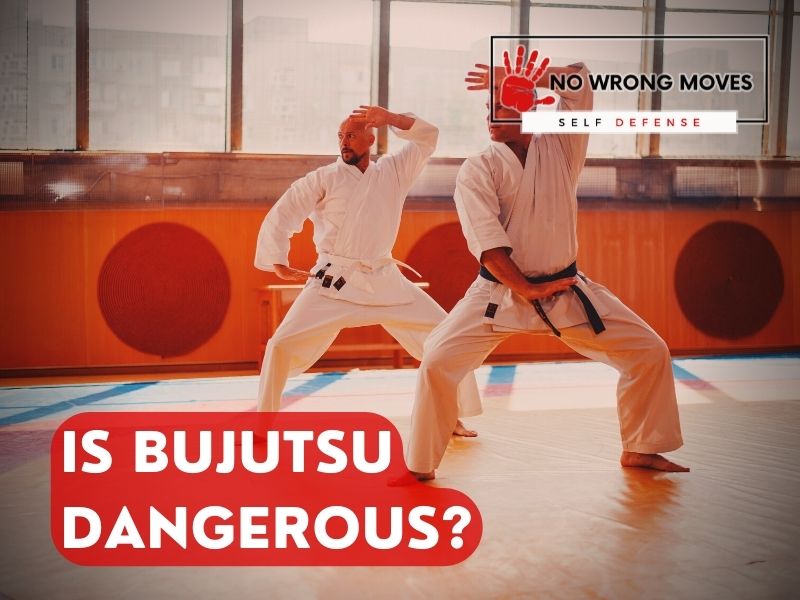
Are you intrigued by the idea of learning Bujutsu for self-defense but worried about the potential risks?
If you are, then don't worry. You're not alone! It's a common question that many people ask themselves before taking on martial arts as a hobby. After all, no one wants to put themselves in harm's way unnecessarily.
Bujutsu, like any martial art, has inherent risks. But you've got no reason to mull over anything: I'm here to provide you with all the information you need to make an informed decision about whether Bujutsu is right for you.
So let's dive into the facts and dispel any concerns you may have about the safety of Bujutsu.
The Dangers Of Bujutsu
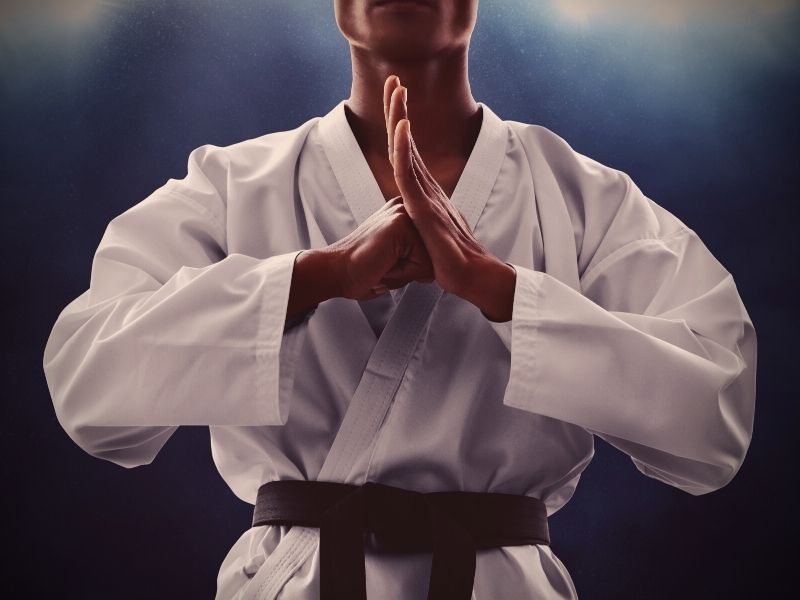
Bujutsu is a type of martial art that involves the use of weapons, and it has been practiced for centuries in Japan. While Bujutsu can be an incredibly effective way to defend oneself, there are also some dangers associated with this type of fighting.
First and foremost, Bujutsu requires a great deal of training and discipline in order to be properly executed. Without proper training, practitioners may put themselves or others at risk of serious injury.
Next up, Bujutsu can be very physically demanding, and practitioners may not be able to defend themselves if they become fatigued during a fight properly.
Finally, because bujutsu relies heavily on weaponry, there is always the potential for deadly force to be used. So with these in mind, it's always well worth it for those who want to learn Bujutsu to train under the supervision of a qualified instructor.
The Most Common Injuries Sustained In Bujutsu
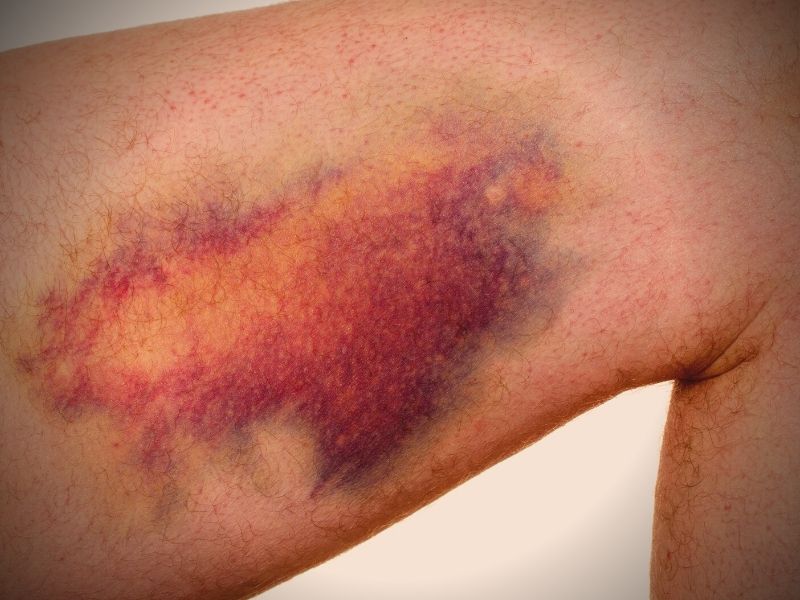
Bruises
Due to the highly physical nature of Bujutsu, it's a fairly common occurrence for practitioners to sustain bruises during training or sparring sessions.
Although bruising is not a serious "injury" and is very common in many types of martial arts, it's still definitely not a pretty sight to behold. Thankfully, most Bujutsu bruises tend to be superficial, nothing that you should worry about too much.
Strains and Sprains
The repetitive movements and physical demands of Bujutsu can often result in strains or sprains, particularly in the muscles and joints.
These can typically be avoided by practitioners so long as they warm up properly before training. Needless to say, they should also listen to their body and not push themselves beyond their limits.
Broken bones
Bujutsu practitioners also run the risk of breaking a bone during training or sparring, particularly if they aren't using proper technique or protective gear.
Unlike bruises and sprains, broken bones are a lot more serious of an injury to endure, and immediate medical attention is often necessary should one occur.
Lacerations
Arguably among the most brutal kinds of injuries Bujutsu practitioners can witness is lacerations. Because bujutsu involves the use of weapons, there is always a risk of lacerations or cuts during training.
While still definitely serious in their own right, they're thankfully much less dangerous than they seem. Instructors always ensure proper safety precautions are put in place, and you will never be put into a situation where serious bodily harm can actually be done to you.
Still though, wearing protective gear is always a good idea, along with being mindful of proper technique. Keep these two in mind, and you'll be able to prevent not just lacerations, but most injuries in general.
Additional Risks Involved When Practicing Bujutsu
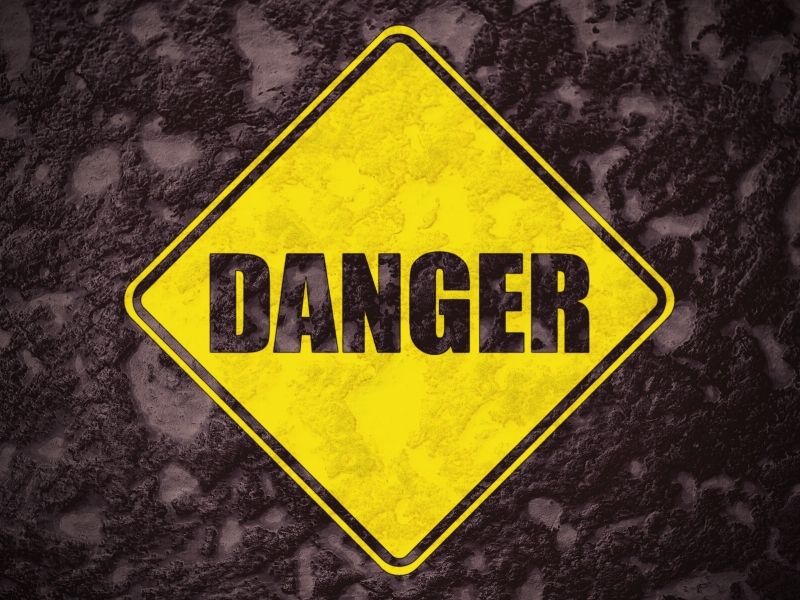
Another potential danger of Bujutsu is the risk of contracting an infectious disease, such as skin infections or staphylococcus infection. These risks can be minimized by practicing good hygiene and making sure to clean and disinfect all training equipment regularly.
Practitioners of contact sports are especially at risk for contracting a communicable disease, as they often come in close physical contact with others during training and competitions.
Be sure to always shower and wash properly before and after training and to avoid sharing personal items such as towels or water bottles.
I know they're rare, and they're definitely not among the top things you'd be worry about if you were training in Bujutsu. Still, the risk they present is definitely real, and you'd absolutely do well to be aware of them.
How To Stay Safe When Practicing Bujutsu
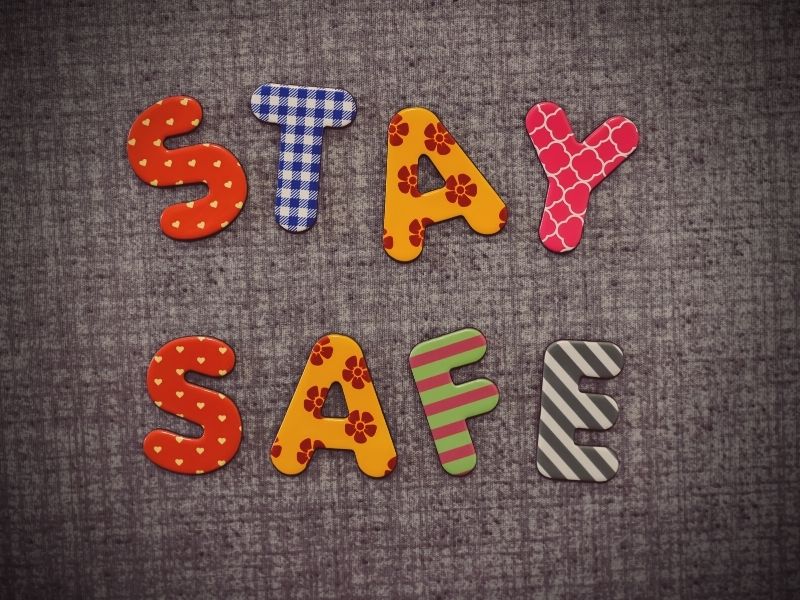
While there are certain risks inherent in practicing Bujutsu, these risks can be minimized with proper training and supervision. Some tips for staying safe include:
- Warming up and stretching before every training session;
- Wearing the proper protective gear, such as a mouthguard and headgear;
- Listening to your body and not pushing through pain or injury;
- Tapping out when necessary and submitting to an opponent’s hold when you know they've got you;
- Practicing good hygiene and cleaning all equipment regularly; and
- Avoiding unsanitary training environments.
Also be sure to educate yourself on the signs and symptoms of concussions. These things are pretty nasty to deal with, so always seek medical attention if you suspect one has occurred during training.
The Wrap-Up
So to sum this all up, Bujutsu is a martial art that requires discipline, dedication, and commitment. While there are inherent risks in any physical activity, Bujutsu can be practiced safely with proper training, supervision, and equipment.
And honestly, even then, the benefits of practicing Bujutsu, such as increased physical fitness, mental clarity, and self-defense skills, outweigh the potential risks.
Of course, you can understand that the perceived danger of Bujutsu typically comes from a lack of knowledge or understanding of the practice, as well as a fair bit of negligence while actually practicing.
BUt with proper education and guidance, Bujutsu can be a safe and rewarding activity for individuals of all ages and skill levels.
Remember, safety should always be a top priority, so make sure to choose a reputable dojo and follow all safety protocols.
And with that, if you're interested in exploring Bujutsu as a martial art, don't let fear hold you back. Take the leap and see where your practice takes you!
Curious how long it'd take you to actually learn Bujutsu? I was too at one point. Don't worry, I've got you covered!
[author-box-jpx-fitness]
